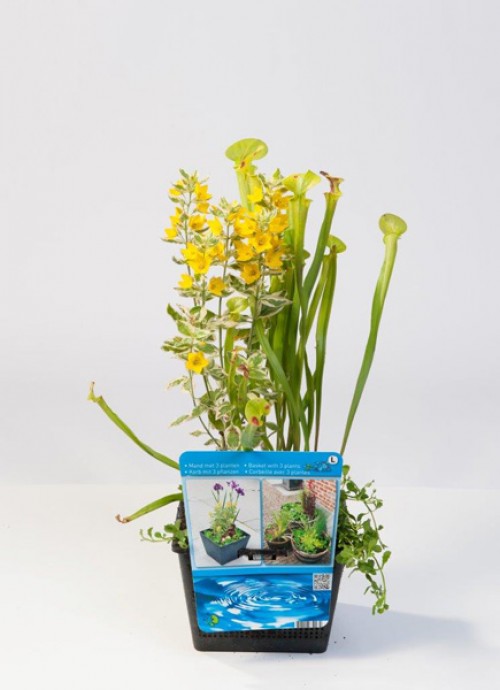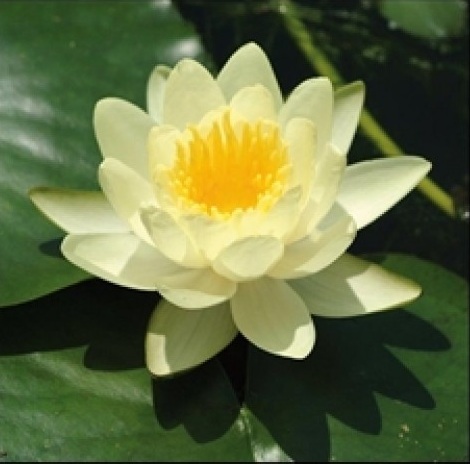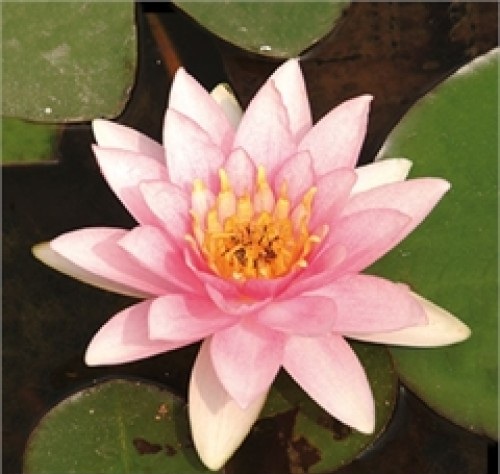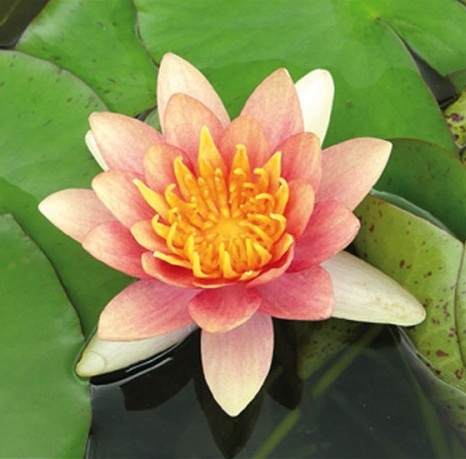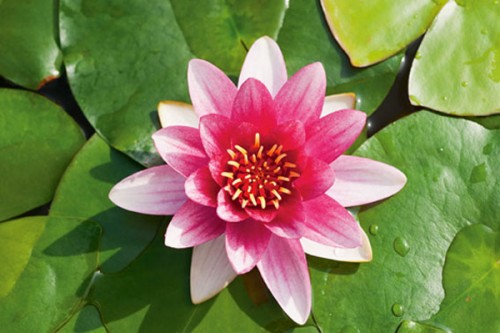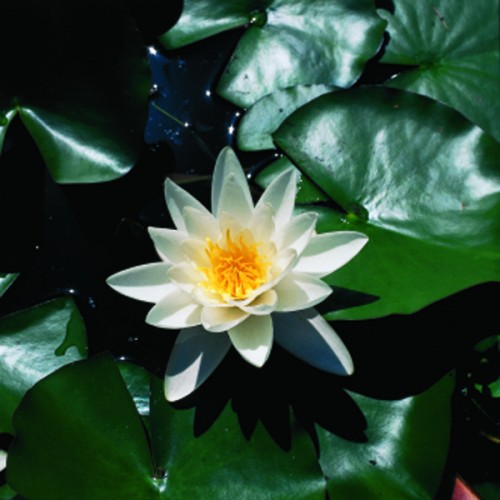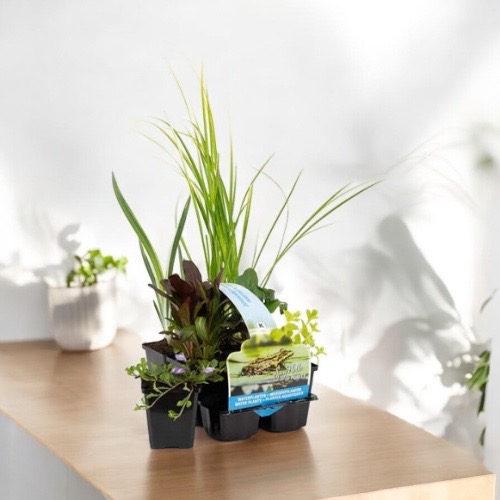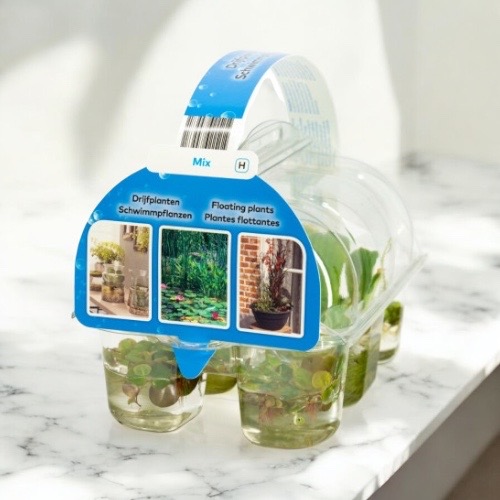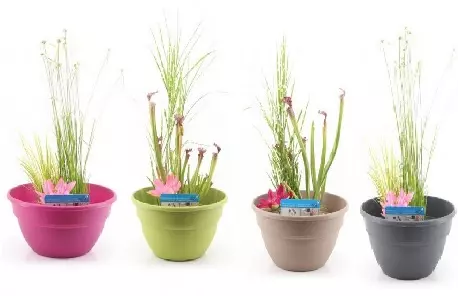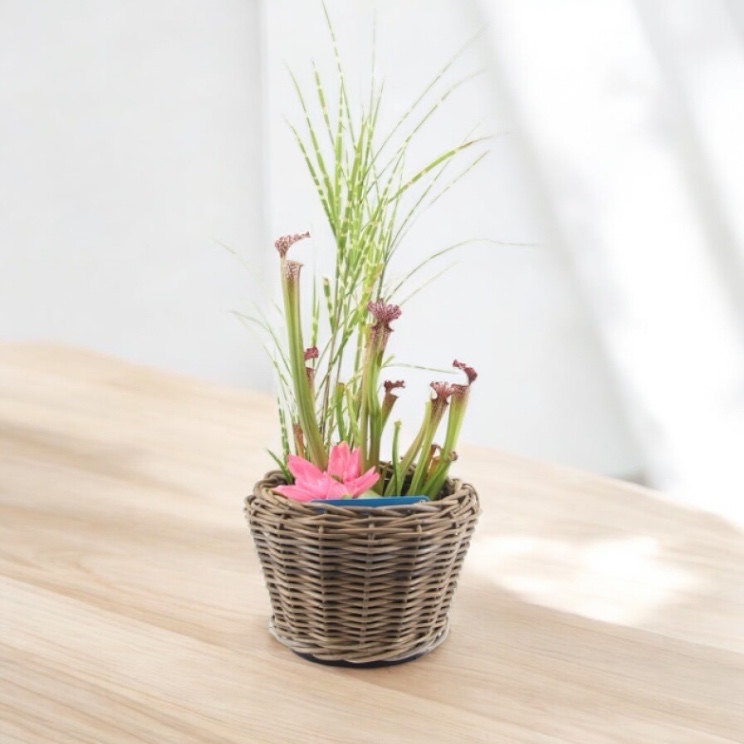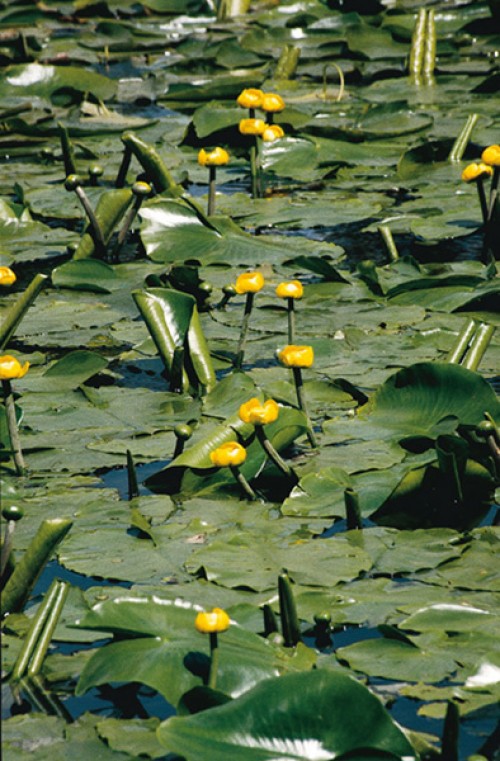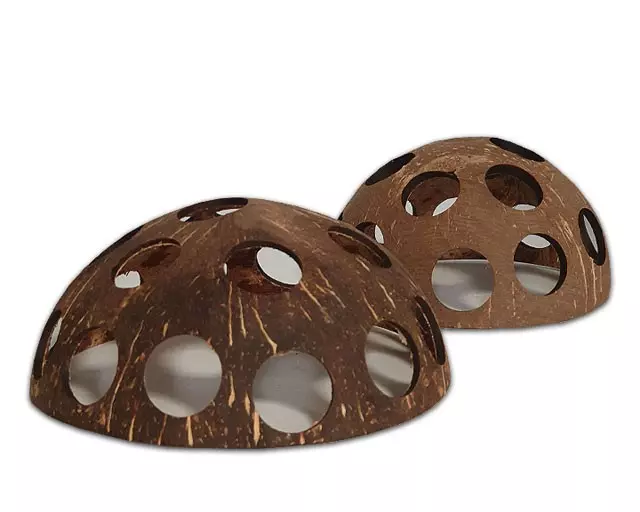Lobelia Cardinalis is a green plant, recommended for the second level of the aquarium and for the paludarium. It looks great in a group and likes to grow above the water surface.
- Difficulty of growing: easy
- Light requirements: medium
- CO₂ requirements: low
- Adult plant height: up to 30 cm
- Growth: medium
- Temperature: 15-28°C
- Placement in aquarium: second level
- Origin: North America
- Shell diameter 6 cm
Lobelia Cardinalis or Cardinal's Strophica is a plant native to North America. In the wild, it is found in wetlands and along riverbanks. It is distributed from the Gulf of Mexico through the eastern states of the United States to southern Canada.
It grows in the ground and has a well-developed root system. The feathery stems can develop auxiliary roots in leafless areas. Its distinctive ornamental feature is the light green, oval leaves with a prominent pale central vein.
It is very comfortable in a paludarium, where it forms a 0.5 m high flower head with red flowers.
Lobelia can be cultivated in aquariums and paludariums. It thrives beautifully in muddy soil as well as underwater.
It tolerates temperatures from 15 to 28 °C and can also be kept in a pond. It thrives best at 20-23°C. It does well in soft to medium hard water with a pH between 6.5 and 7.2.Without adequate light the leaves turn yellow, but in bright light the undersides of the leaves turn purple-red. It is not particularly demanding, but regular water changes, fertilizer and CO₂ support its growth and allow it to grow 5 cm per month. Uncut, it grows above the water surface by forming overwater leaves, and may also flower.
In the aquarium, lobelia should be planted in a group in the background, but it also works well as a foreground plant. It is used in lobelia avenues or to form showy thickets.
Pruning is necessary to maintain a beautiful habit; use scissors to remove older leaves. You can also cut back the entire plant and use the cut tips as cuttings. A young plant can also be grown from an old leaf. Cuttings rooted in a paludarium can be transplanted to an aquarium. In an aquarium, stem pruning forces the plant to form side shoots.
Planting: The plant must be removed from the cup and thoroughly rinsed from the gel under running water. This is best done by placing the plant in a container of lukewarm water. Most of the gel will then fall off by itself. Divide the contents of the cup into 3-4 cm lumps and then place them in the substrate.
.

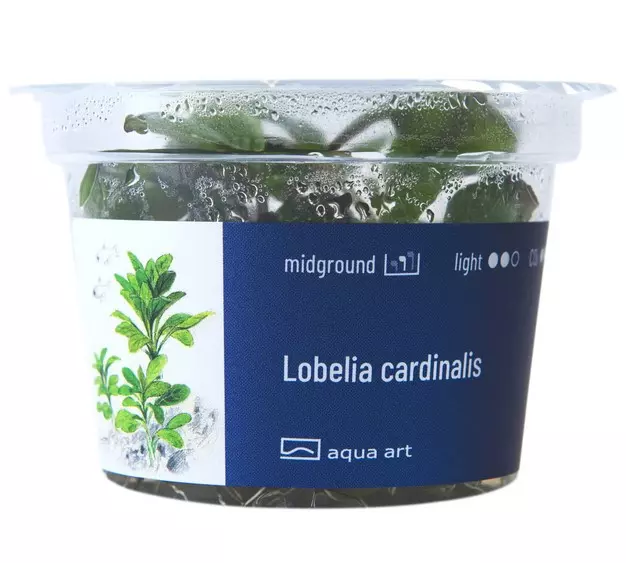














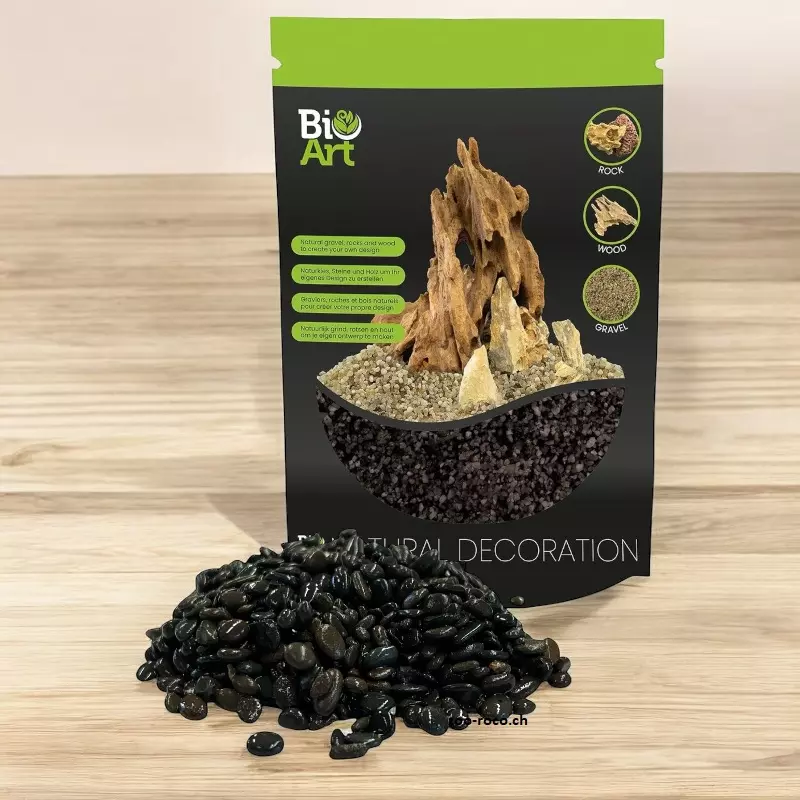
.jpg)
